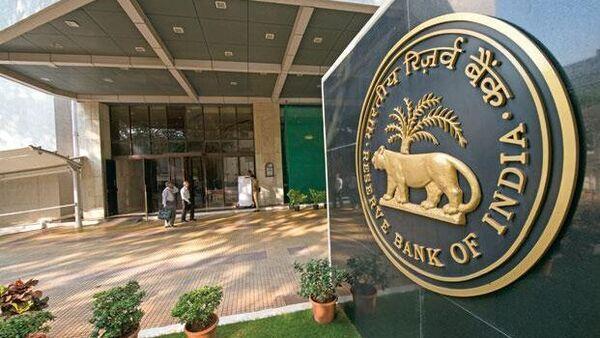
Rate Cut Alert: RBI Could Adjust Stance In December, Trim Rates In Early 2025
Global bond yields trended lower (10-year US Treasuries closed 37 bps [100 bps = 1.0%] lower at 4.03%) over the course of July as encouraging US macro data underpinned market strength. The European Central Bank (ECB) chose to keep its key policy rates unchanged in July and chose to not pre-commit to a particular rate path. China's Central Bank (PBOC) surprised the markets by reducing key interest rates across the maturity spectrum – as China's efforts to rebalance and recalibrate its economy continued.
The US Federal Reserve System (Fed) kept the benchmark rate in the 5.25% - 5.50% target range and indicated that a rate cu could be on the table at the September Federal Open Market Committee (FOMC) meeting. The markets were jolted though as the Bank of Japan (BOJ) not only unexpectedly increased the policy rate, but also reduced its bond purchases and indicated further potential rate increases if the upside price risk outlook materialised.
Also Read | Canara Bank, Bank of Baroda, UCO Bank hike key lending rates across tenures Impact of Market MovementsPotential higher interest rates in Japan, expected lowering of rates in the US and a soft growth outlook led by weak US July employment data released in the aftermath of the BOJ and FOMC meetings seem to have created a perfect storm. The initial few days of August witnessed an unwinding of some yen carry trade positions. Risk assets have borne the brunt of this sell-off and it could perhaps take a while before volatility subsidises.
India's Fiscal and Bond Market OutlookIndia's Union Budget in July seems to have ticked all the right boxes for the local bond markets. The budget deficit number of 4.9% of GDP for 2024-2025 has improved upon the interim budget's 5.1% fiscal deficit aim and kept the government's gross borrowing programme largely unchanged at ₹14.01 lakh crores.
The headline budget numbers are likely to be welcomed by global rating agencies as the government has maintained its commitment to fiscal consolidation (fiscal deficit for 2025-2026 is expected below 4.5% of GDP as per the glide path) and could certainly open room for India to get a rating upgrade over the next 2 years. Thus, underpinned by global and local cues, the 10-year India sovereign bond (GSec) closed at 6.93% in July - lower by 7 bps over the month.
Also Read | RBI MPC: New UPI feature announced; here's how it aims to help user transactions RBI's Policy Stance and Future ProjectionsThe RBI's“status quo” policy rate decision as well as continuation of the policy stance in the recent August 2024 meeting was on expected lines. However, by choosing to highlight the considerable divergence between headline and core inflation , and the potential spillover risks of persistent high food inflation and unanchored inflation expectations to core inflation, the RBI has endeavoured to push back market optimisms on the timing of an eventual shift in the policy stance and/or policy rate.
On a brighter note, global cues remain bond supportive. The US Federal Reserve System (Fed) is expected to deliver a rate cut in September and possibly follow up with more rate cuts during the rest of 2024. Furthermore, a CPI (retail inflation) base revision is due in India and the weight of food items in the new CPI series is expected to be lower than in the current series.
Outlook for InvestorsThis has the potential to lead to lower headline inflation readings in the future and could also open room for RBI to reduce the policy repo rate. Post today's MPC meeting, we feel the RBI could change the policy stance in December 2024 and reduce the policy rate in February 2025.
In this current environment, given that policy rates are at peak levels and are likely headed lower over the coming quarters, actively managed duration funds could find merit amongst investors. We expect such products to deliver superior risk adjusted returns as compared to non-market linked fixed rate products.
(Source: RBI, Bloomberg, CCIL, MOSPI; as of August 9, 2024)
Vikrant Mehta, Head Fixed income at ITI mutual fund
Legal Disclaimer:
MENAFN provides the
information “as is” without warranty of any kind. We do not accept
any responsibility or liability for the accuracy, content, images,
videos, licenses, completeness, legality, or reliability of the information
contained in this article. If you have any complaints or copyright
issues related to this article, kindly contact the provider above.


















Comments
No comment